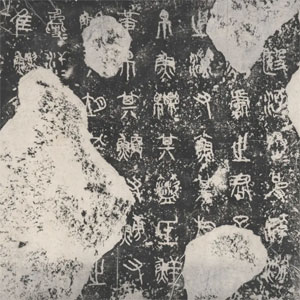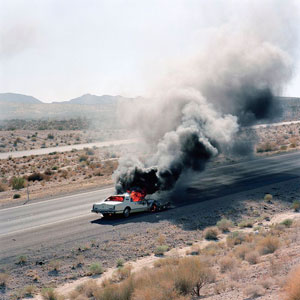11.15.24 — Precious Lives and Precious Things
A wall lay in ruins, and Ilit Azoulay salvaged what she could. It must have been a tough choice of what to save and what to let go.
For Azoulay, trash can itself be precious, for it tells of the people who left it behind. And anything, no matter how revered and how precious, could one day soon end up in the trash. As the Jewish Museum has it, they are “Mere Things,” through January 5— and I work this together wish a past report on still life with thoughts of death by Rachael Catharine Anderson as a longer review and my latest upload.
and I work this together wish a past report on still life with thoughts of death by Rachael Catharine Anderson as a longer review and my latest upload.
Those ruins from Tel Aviv form the basis of Tree for Too One, as in (almost) “two for one” and “Tea for Two.” You can forgive Azoulay an easy pun and the old soft shoe. She puts things through a process very much like punning, which is to say art. It takes a full museum wall to display them all, some on shelves and others transformed again by photographing them, before displaying the photos as well. This is both physical collage and photocollage, and it leans a magnifying class on one its pieces—to aid in looking or to put under scrutiny what she sees. Earth tones help unify the work and preserve its real warmth.
Just how precious, though, is it? Azoulay is not saying, but a gasket can look like a wedding ring, and a tree (or whatever is left of it) grows right there, in a flower pot—falling to its right toward death. More objects rest in a display case a few feet away. That strangely human wish for meaning does the transforming, but so do snapshots salvaged from the site. They look all the more poignant for their bright smiles and clumsy prints, set amid a sophisticated work of photography. People, too, can become objects and images, but as testimony to lives.
This is not NIMBY—not a protest against construction in the country’s most cosmopolitan city. A pressing need for housing dates back even before the international accord that promised a state of Israel and a Palestinian state. Refugees to Israel knew all about displacement, much like art. Builders were so desperate, the museum explains, that they built walls from whatever lay at hand. And yes, that was another way of valuing and preserving trash. Azoulay need only reveal what walls once hid.
Museums go through a similar process of deciding what to value every day. No surprise then, if the rest of work since 2010 responds to museum collections. None is exactly site specific, because it is also continuing its transformations. Again and again, she seeks parallels among disparate objects, like a piper and a stone saint. A photocollage makes objects from the Jewish Museum itself take flight, as Unity Totem. Azoulay produced her most massive work while in residence at a museum in Berlin, where she lives. As the title has it, there are Shifting Degrees of Certainty.
Two more works start with photographs of objects in the Israel Museum and the Museum for Islamic Art, both in Jerusalem. No surprise there, too—not when Israel still seeks safety and Palestine its due recognition. No surprise as well if the first includes HVAC units and other museum infrastructure. That work includes a collage of human cutouts and stone, while fragments of Arab art become a magician’s robe. Once again people are the most precious object of all. As the work after the Israel Museum has it, No Thing Dies.
The curator, Shira Backer, stresses how much the artist relies on digital magic. “A pebble becomes a boulder, the handle of a ewer the scepter of a queen.” I was struck instead by the weight of images—not just the emotional weight, but the physical weight of museum objects. The eighty-five photos from Berlin have distinct shapes and separate frames, nesting together like a single precious structure. Born in Israel in 1972, she keeps returning to both her origins and Berlin. The work provides a tour of physical space as well.
Read more, now in a feature-length article on this site.
 It is McKnight’s coming to be as a gay male and an American artist. It is also his “
It is McKnight’s coming to be as a gay male and an American artist. It is also his “


